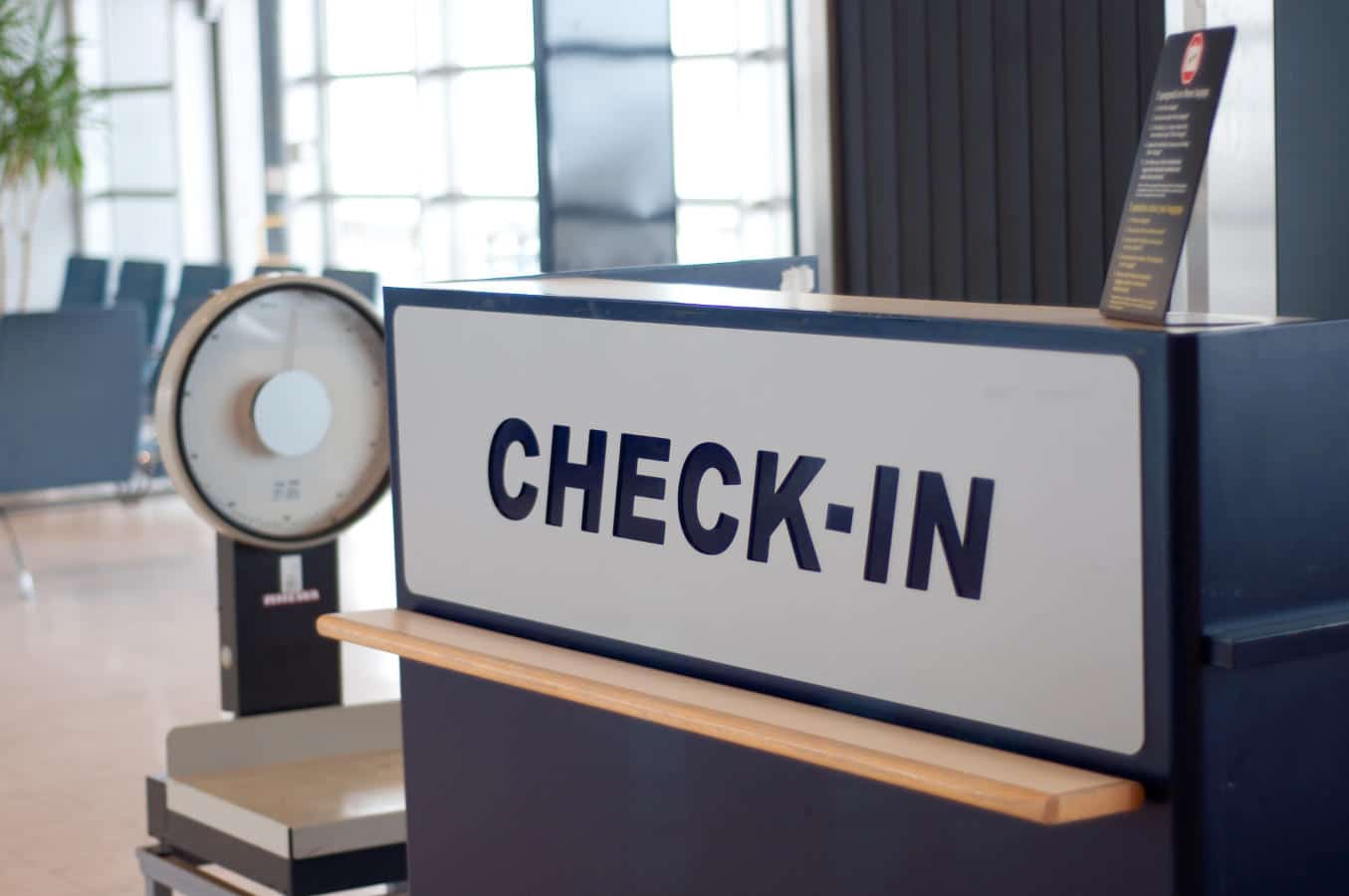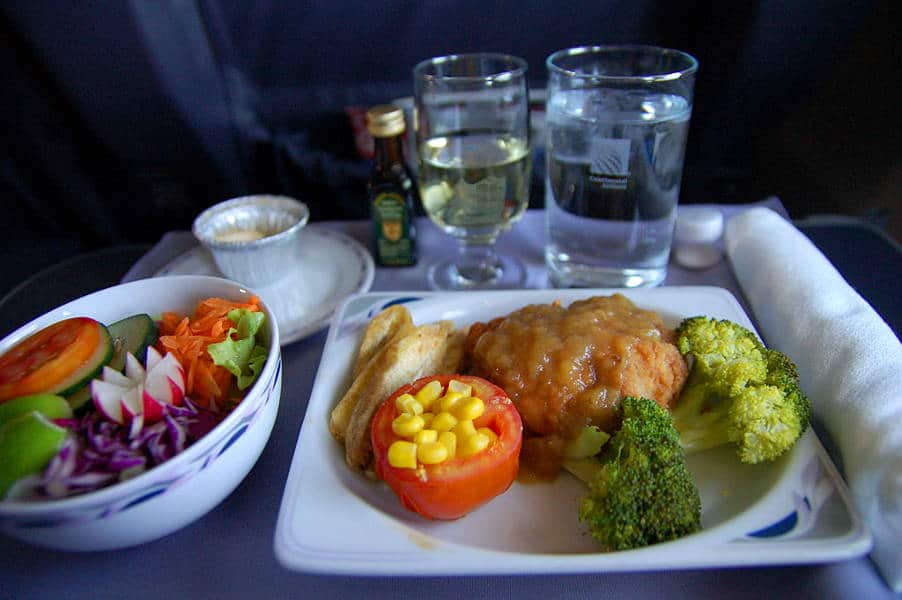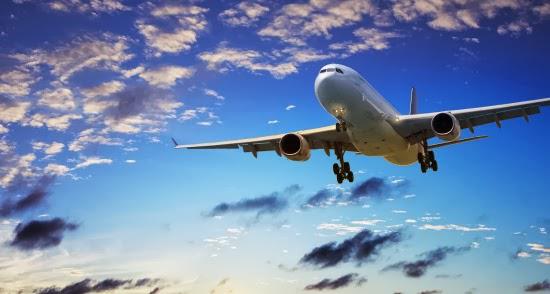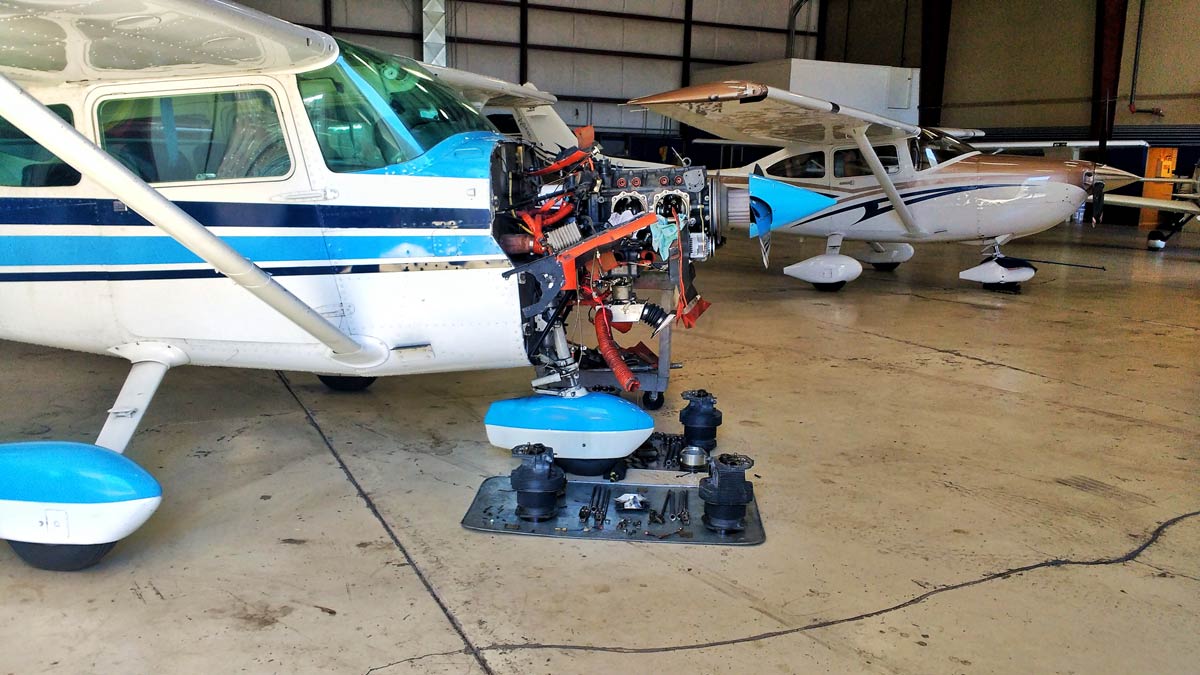These Behind-The-Scenes Airline Secrets are Something That Every Flyer Should Be Aware Of!
We’ve all heard them before when it comes to air travel, the stories about bizarre happenings at 35,000 feet. The big question really becomes which of these stories are true and which are just fantasy. For example, tall-tales about intimate encounters in an airliner lavatory, while occasionally true are probably usually overstated. The very idea of joining the “mile high club” is appealing to thrill seekers and even a nervous traveler on occasion. Reports that pilots sleep at the controls can often never be confirmed or denied. That said, recent research and studies have indicated that a brief catnap can actually help a pilot perform better under stress. With the technologically advanced and automated flight control systems that are inherent in today’s modern airliners, safely allowing pilots a short catnap might not necessarily be such a bad idea. Just so long as both pilots are not sleeping at the same time.
Stay Safe By Leaving The Car At Home And Take A Flight
Pilots, flight attendants and others who travel a lot by air may find this behind-the-scenes visit into the world of flying quite revealing or rather dull, depending on one’s perspective. In any case, anyone who is already edgy about flying may wish they never knew these airline secrets. Startling in many ways, taking a behind the scenes look at airlines and how they operate can be a sobering experience for those who have always taken flying at face value. The good news is that today’s modern air transportation system is remarkably and incredibly safe and far less hazardous than traveling by automobile. Best of all, being a more informed flyer can actually make air travel more enjoyable, less stressful and more rewarding. Here are just a few of the most interesting behind-the-scenes airline secrets that every flyer should know.
Airline Secrets – 1: I’ll Have What He’s Having
Dining on tasty food, libations and treats while cruising along at several hundred miles an hour and at several miles above the earth can be an exciting idea for most. However, did you know that while it is widely believed that pilots must eat different meals while operating an aircraft, this is not always the case? Etiquette and a friendly understanding between pilots working together on the flight deck often results in hungry airmen enjoying the same meal at the same time and on the same flight. While food poisoning may indeed be a concern, today’s closely monitored airline catering services ensure food is virtually always free of contaminants or dangerous bacteria.
Airline Secrets – 2: Make Mine Bottled Please
Drinking potable water from an aircraft’s internal water storage and supply system is not always the best option. In fact, requesting bottled water is often a safer bet. This is simply due to the fact that research has shown there to be considerable levels of bacteria present in the average aircraft water storage systems. This contamination may be the result of the routine system refill process or because of improper maintenance and upkeep. Either way, play it safe and avoid drinking water directly from an aircraft’s onboard water supply. One exception to this rule is that hot drinks such as tea and coffee are generally okay because the heating process destroys any potentially harmful bacteria.
Airline Secrets – 3: Oxygen Does A Body Good
Decoding the mystery behind passenger emergency oxygen masks is really not that difficult. Today’s modern jetliners feature self-contained oxygen generation systems installed above each and every passenger seat. These systems are designed to provide fast and easy access to life-giving oxygen if cabin decompression were to occur. However, it is a little-known fact that there are only several minutes of usable oxygen available in these systems. But don’t panic, airline emergency decompression procedures call for pilots to descend rapidly so that the need for extended periods of supplemental oxygen is usually not an issue. A cabin decompression event in an airliner can be a scary event, but something that can be safely and quickly addressed by professional and experienced pilots.
Airline Secrets – 4: Skip The Chest X-Ray And Take A Transcontinental Flight
Flying at jet-route altitudes comes with certain ill effects that are rarely talked about. For example, flying at the higher altitudes above roughly 30,000 feet increases exposure to ozone and radiation. Ozone is naturally present at high altitudes and is an irritant that can cause the bronchioles in a passenger’s lungs to become inflamed or agitated. Along with ozone there is the issue of radiation. Higher-than-normal levels of radiation from the sun easily permeate the skin of a jetliner at altitude, raising some health concerns. This in effect exposes passengers and flight crew to larger doses of radiation. These doses are clearly more than what is typically experienced on the ground. The good news is that a coast-to-coast transcontinental flight will barely reach the level of radiation exposure experienced with a minor medical x-ray. The not so good news is that career pilots and flight attendants have statistically experienced significantly higher levels of certain types of cancer for this very reason.
Airline Secrets – 5: Drinking Water Can Help You Feel Better
Another negative effect that is common when flying in today’s modern airliners is dehydration. The outside air at altitude is generally devoid of moisture and any type of humidity. Simply stated, every time a passenger or flight crew member exhales at altitude they are losing precious and necessary water. On an extended duration flight, the effects of dehydration can be substantial. It is also a little-known fact that the air inside a modern jet transport aircraft is routed from outside through the aircraft engines where it is compressed and heated as necessary for use in the cabin. When all of the health-related factors associated with high-altitude flying are considered it is no wonder that people sometimes experience illness during or after an airline trip. Drinking plenty of water and staying hydrated in-flight is always recommended.
Airline Secrets – 6: Sitting In The Back Has Its Advantages
One topic that frequently comes up in terms of safe flying is that of seat choice. There are many old-wives-tales suggesting that sitting in the aft portion of an aircraft can be safer. Accident assessments and prior accident investigations over the years have proven this to be nominally true. Absent a catastrophic total hull-loss type aircraft accident, controlled crashes and extremely hard landings that involve an aircraft exiting the runway uncontrollably may end in greater passenger survivability for those sitting in the far aft seats of the plane. As a note, when flying on turbo-prop regional jets with wing-mounted propellers, it is best to avoid sitting directly next to the path of the spinning propeller. In very rare instances, propeller blades have separated from the engine and sliced through the fuselage entering the cabin and causing serious injury. It must be stressed that this is extremely uncommon and exceptionally rare.
Airline Secrets – 7: Seat Belt Use Is Not Such A Bad Idea
An equally unlikely rarity as it relates to an in-flight decompression event, is that of being suddenly evacuated out of an aircraft at altitude. Simply stated, seatbelt use onboard a modern commercial aircraft has more purpose than just protecting passengers from bumping their heads because of moderate turbulence. If there ever were a catastrophic rapid depressurization at altitude, such as that caused by the loss of a passenger cabin window, anything and everything that is not nailed down or strapped-in would likely be evacuated through the damaged window opening. With tremendous pressure and force, rapidly evacuating cabin air could literally squeeze a small human body through a blown-out passenger window in a matter of seconds. Trusting in crew members when they say to always keep your seatbelt fastened even when the seatbelt sign is not illuminated takes on a whole new meaning in light of this fact.
Airline Secrets – 8: Thousands Of Pounds Of Pressure
Finally, there has always been a lot of confusion on the part of the flying public with regard to whether or not an aircraft door could ever be opened in flight. The good news for travelers is that the chance of an airplane door being physically opened in flight by a passenger or crewmember is virtually zero. This is because aircraft doors are known as plug-type-doors. These doors must first open inward before they can swing outward. When an aircraft cabin is pressurized in flight there are literally thousands of pounds of pressure forcing the door into its frame. The amount of force required to open this kind of door in flight would be extraordinary. Flyers can feel safe and secure in knowing that the chance of an out-of-control passenger opening an airplane door during flight is never a concern.
Safety Par Excellence
Because the airline industry and professionals in the aviation world have spent over 100 years perfecting the art and skill of safe flying it has become an amazingly reliable way to travel. Never before in history have people been able to so freely relocate and travel on demand by air without limitations. Millions upon millions of passengers are transported for business, pleasure and other reasons each and every year. Aviation in general and the airline industry at large has learned a tremendous amount from prior aviation accidents. They have collectively made commercial air travel remarkably and incredibly safe as a result.
These simple and little known facts about airline operations and the inherent design of aircraft are sure nice to know. However, they should never interfere with one’s desire to travel confidently on a typical commercial airline flight today. The next time you are in the boarding process during the busy holiday travel season, ponder these unique behind-the-scenes airline secrets every flyer should know. Secrets aside, you should travel feeling secure in knowing that you are entering into one of the safest transportation systems ever devised by man
(Images provided by MintLeafDesign.com)



















Leave a Reply